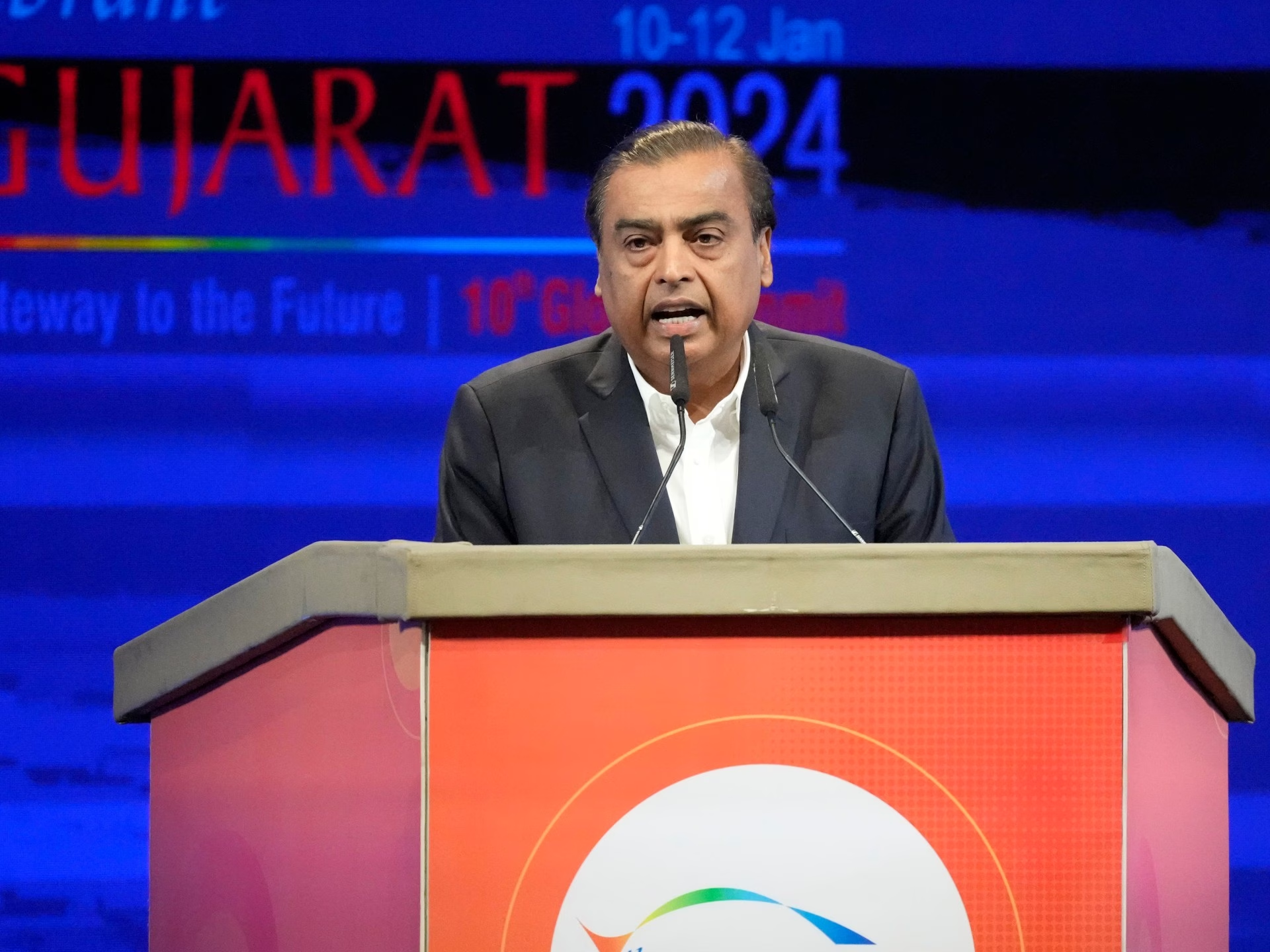Despite New Delhi and Moscow sharing a longstanding strategic partnership and Russia being a significant supplier of India’s defense armament, Trump has mainly targeted the recent upsurge in India’s oil imports from its historical ally.
On his Truth Social platform, Trump stated, “India was Russia’s largest buyer of ENERGY, alongside China, during a time when there are efforts to STOP THE KILLING IN UKRAINE – ALL THINGS NOT GOOD!”
On August 19, US Treasury Secretary Scott Bessent revealed that “some of the wealthiest families in India” were the primary beneficiaries of these imports.
Reliance Industries (RIL), led by Asia’s wealthiest individual Mukesh Ambani, has been the leading importer of Russian crude oil in India.
While RIL’s Jamnagar refinery’s crude imports from Russia totaled 3 percent in 2021, this figure has soared to an average of 50 percent in 2025 due to the Ukraine war, as per data from the Centre for Research on Energy and Clean Air (CREA).
This shift is mainly due to the cap on Russian oil prices implemented on February 5, 2023, as explained by Vaibhav Raghunandan, a European Union-Russia analyst at CREA.
In the first seven months of 2025, the Jamnagar refinery imported 18.3 million tonnes of crude oil from Russia, an increase of 64 percent year-on-year, and worth $8.7bn.
The CAP on Russian oil’s price has lost its effectiveness due to insufficient enforcement. A shadow fleet operated by Russia to bypass its export policing has allowed buyers to pay higher rates. In June, Russian crude was transported via these ships 59 percent of the time.
CREA monitored RIL’s Russian crude oil imports at its Jamnagar refinery and exports from 2021 to the end of July 2025 for Al Jazeera. It discovered that Jamnagar refinery exported $85.9bn worth of refined products worldwide from February 2023 to the end of July 2025, with an estimated 42 percent ($36bn) going to countries that have sanctioned Russia.
An estimated 33 percent of these exports, worth 17 billion euros ($19.7bn), went to the EU, and $6.3bn worth of oil products to the US, with an estimated $2.3bn processed from Russian crude.
Although Jamnagar refinery’s exports to the US account for only 3 percent of total exports, the US is the biggest importer from this refinery in volume, having imported 8.4 million tonnes of oil products since the price caps took effect until July 2025.
In 2025, RIL exported $1.4bn worth of oil products from the refinery to the US, a 14 percent year-on-year increase, the third-highest among all countries.
Analysts argue that India is not bearing the cost of the additional tariffs merely to benefit one company. The tariffs may be motivated by other issues including Trump’s frustration over India not conceding to US trade demands.
Moreover, this issue is under scrutiny because RIL is a private firm; it is natural to question the wealthy.
Market analysts anticipate changes, with the EU set to impose a ban on refined petroleum imports processed from Russian crude in January, which could significantly impact RIL’s export strategy.
Nonetheless, in December, RIL signed a 10-year contract with Rosneft, and its implications considering the sanctions are unclear.







